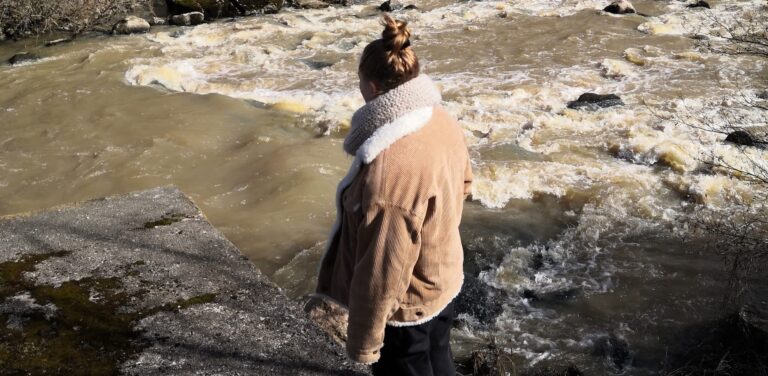Cool Kids

Abstract
Delivery of the intervention
Group-based / individually
Aim of the intervention
The aim of the intervention is to promote anxiety management skills among 7–17 year-old children and adolescents, to teach how to identify situations causing anxiety and to reduce worrying in the target group. The Cool Kids –intervention teaches parents how to respond and react to child’s anxiety in a supportive manner.
Description of the intervention
Cool Kids is targeted at child families where the child or the adolescent has anxiety symptoms, which affect everyday life. Cool Kids is delivered either in a group or individually. In the intervention, parents participate actively, supporting and reacting to the child’s anxiety. The intervention is based on psychoeducation and comprises cognitive exercises, step-by-step exposure exercises and learning to identify emotions. The intervention lies on the cognitive-behavior therapy. (Lyneham et al. 2003; Rapee et al. 2006a; 2006b.) A group-based intervention is delivered to 4–8 child families and it contains ten meetings, weekly at first and every fortnight towards the end. In the meetings, the focus is on learning new strategies to manage anxiety through discussions, games and playing. In the group meetings, the families are given homework to practice new skills at home. A workbook suitable for the age of the child or the adolescents, is used in the intervention. Cool Kids is provided both as a treatment program and preventive method.
Availability of the intervention in Finland
Cool Kids –training is targeted at social and healthcare professionals who have experience in cognitive-behavior therapy and in mental health work with children and adolescents. Method training is organized by the Future health and social services centres –initiative (Viva) and the Mielen tila (engl. State of mind) -project run by Kummit ry. of the clinic of child psychiatry and the children’ clinic, the HUS Helsinki University Hospital. The Cool Kids has been developed in the University of Macquire in Australia (Lyneham et al. 2003; Rapee et al. 2006a; 2006b) and intervention has been adopted in USA and Europe also. In Finland, Cool Kids is applied in the clinic of child and adolescent psychiatry in HUS.
Research- and evidence-based efficacy of the intervention
The Cool Kids –intervention has been investigated in several randomized controlled trials (e.g. Arend et al. 2006; Chavira et al. 2014; Hudson et al. 2009; Rapee et al. 2006a). RCT studies on Cool Kids have been conducted in school environment from the perspectives of early support and prevention (Haugland et al. 2020; Mifsund & Rapee, 2005). Group-based Cool Kids at school reduced anxiety symptoms among 8–11 years old children compared to the children in the waiting list (Mifsund & Rapee, 2005). In a Norwegian study, the effectiveness of Cool Kids on anxiety, reported by the children and parents, was found to be moderate compared to the control group (Haugland et al. 2020).
Literature
Haugland B, Haaland ÅT, Bast V, Bjaastad J, Hoffart A, Rapee RM, Raknes S, Himle JA, Husabø E & Wergeland GJ (2020) Effectiveness of brief and standard school-based cognitive-behavioral interventions for adolescents with anxiety: A randomized noninferiority study. Journal of the American Academy of Child & Adolescent Psychiatry, 59(4), 552–564.
Lyneham H J, Abbott M J, Wignall A & Rapee R M (2003) The Cool Kids Anxiety Treatment Program. Sydney: MUARU, Macquarie University.
Mifsud C & Rapee R M (2005) Early intervention for childhood anxiety in a school setting: Outcomes for an economically disadvantaged population. Journal of the American Academy of Child Adolescent Psychiatry, 44(10), 996–1004.
Rapee R M, Abbot M J & Lyneham H J (2006a) Bibliotherapy for children with anxiety disorders using written materials for parents: A randomized controlled trial. Journal of Consulting and Clinical Psychology, 74(3), 436–444.
Rapee R M, Lyneham H J, Schniering C ym. (2006b) The Cool Kids child and adolescents anxiety program – therapist manual. Sydney, NSW: Centre for Emotional Health, Macquire University.